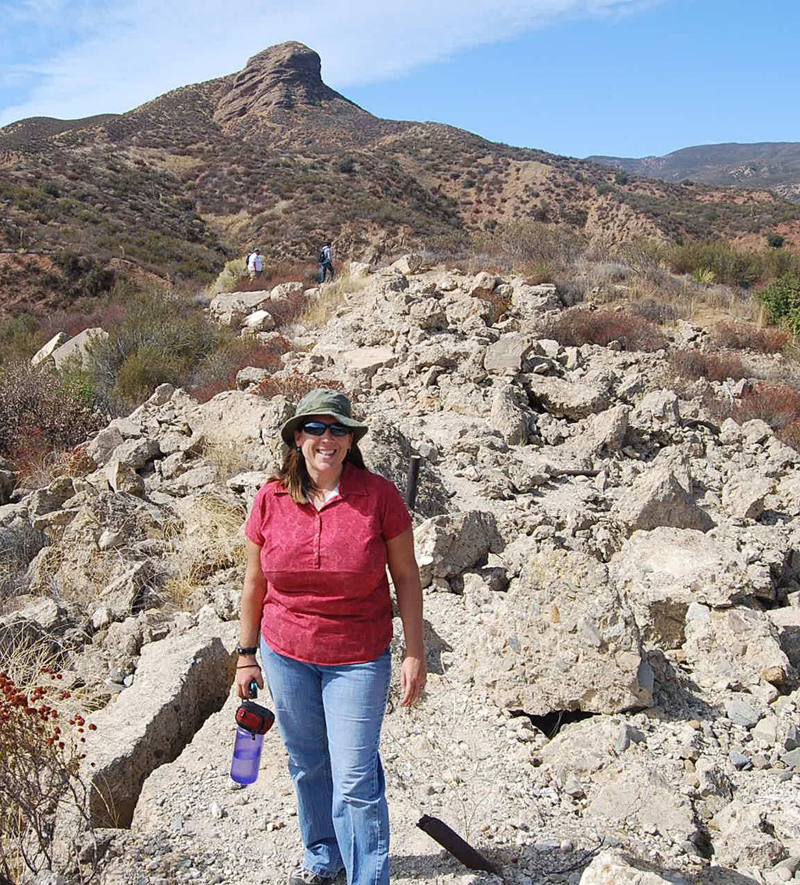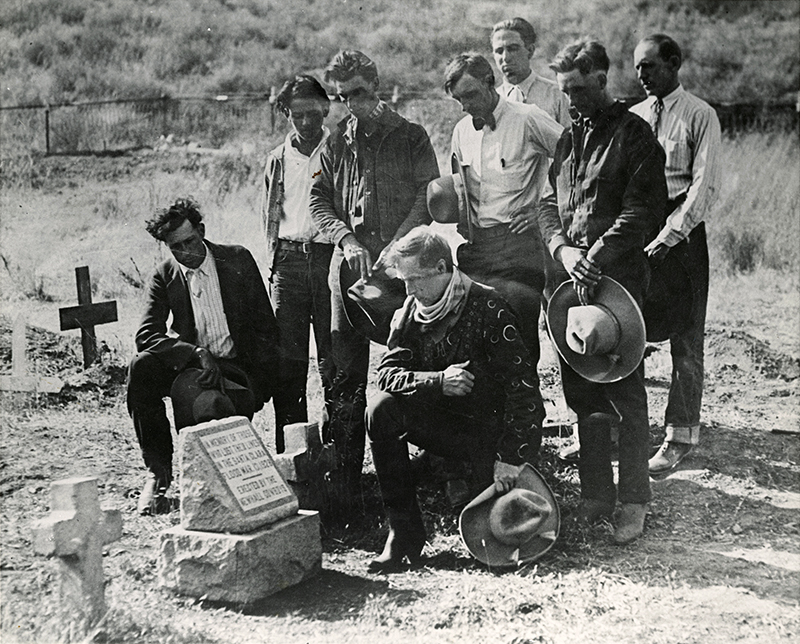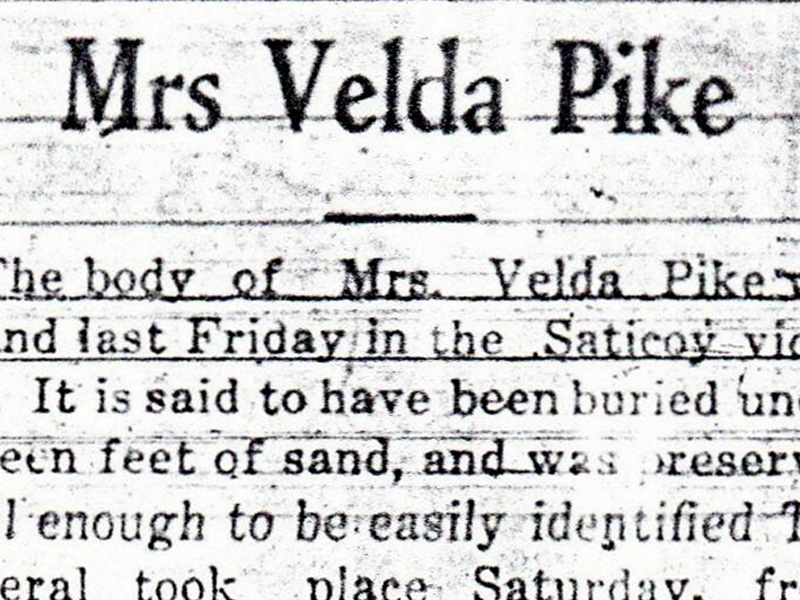|
|
CSUN Grad Student Memorializes Victims of 1928 St. Francis Dam Disaster
By Melissa Lampert
KHTS AM-1220 | Wednesday, August 6, 2014
|
A California State University, Northridge grad student has completed of a master's thesis on the memorialization of the Santa Clarita Valley's St. Francis Dam Disaster of 1928. Ann Stansell, of Los Angeles, an anthropology and public archaeology student, spent three years compiling her work, which has had a notable impact on Santa Clarita Valley history, a local historian said Wednesday. "This is a very important addition to the knowledge and literature that we have on the St. Francis Dam disaster, which was probably the biggest event that has occurred in our history in Santa Clarita," said Alan Pollack, president of the Santa Clarita Valley Historical Society. "Ann has done a wonderful job summarizing the entire disaster and memorializing all the people that lost their lives in the disaster." In October 2011, Stansell began her research after making the decision to focus on the "humanity" of the dam failure rather than the commonly-discussed engineering aspects about what went wrong. One component of Stansell's work involved tracking down the identity of all 431 dam victims, a feat that has never been attempted before. The extensive roster of victims and photographs of their final resting places were first released in time for the disaster's 86th anniversary on March 12, 2014. Santa Clarita Valley historians have also cited Stansell's research as the "catalyst" that brought together many St. Francis Dam experts who had previously conducted their work independently. "To me, Ann's project has served two really important functions," said Leon Worden, board member and past president of the SCV Historical Society. "One, it has humanized the tragedy. In the past, we've tended to boil it down to the numbers of people who died. Well, people aren't numbers, and now we know who these people were. They led real lives and were missed. The idea that almost all of the children who attended three elementary schools in Saugus were killed is mind-boggling, and it's something we really didn't grasp until now. And two, Ann's project has served as a catalyst to bring together all of the St. Francis Dam researchers. They used to work far more independently. Now they're all working together, sharing information, and the knowledge is just exploding. It quickly became systemic. I think it will last." Pollack credits Stansell with the creation of a Facebook group called St. Francis Dam Archaeology, which is made up of more than 250 experts.
"We've been coming up with all kinds of new information and new consensus on things that happened with the St. Francis Dam disaster," he said. "Certainly Ann's thesis has been a large part in getting people together like that because, without her efforts, that group probably would not have been formed." Regarded as one of the worst man-made disasters in California history, engineer William Mulholland's St. Francis Dam in San Francisquito Canyon failed on March 12, 1928, at 11:57 p.m., causing a 140-foot wall of water to pour into the canyon. Construction on the dam began in 1924 and was completed in 1926, standing at 205 feet tall. Only two years later it failed, sending 13 billion gallons of water plunging down on Santa Clarita Valley residents and workers. An estimated 500 people were killed in the disaster, which caused damage valued at $13 million at the time. SCVHistory.com contributed to this article. For more, go to SaintFrancisDam.com. Read Stansell's master's thesis [here].
|
ALSO SEE:
Background: Forgotten Casualties (CSUN 2013)
• Memorialization and Memory • Paper: Oral History (Licon 2014) Story: Victims & Heroes
FILM: Body Recovery, Newhall Morgue
FILM: Nighttime Recovery of Bodies
3-17-1928
Tony Harnischfeger
Lyman & Lillian Curtis
Marjorie & Mazie Curtis (Mult.)
San Francisquito School
Cecilia Small, Schoolteacher
Ruiz Family x7
Pete Rivera
Erratchuo 1928
1928 Mourners
Newhall Cowboys 1928 Marker x2
Newhall Morgue
Gottardi Family
Felda Pike Obituary
Saugus Community Club Members
Oral History: Thelma McCawley Shaw 2010
Oral History: Biz Basolo 2009
|
The site owner makes no assertions as to ownership of any original copyrights to digitized images. However, these images are intended for Personal or Research use only. Any other kind of use, including but not limited to commercial or scholarly publication in any medium or format, public exhibition, or use online or in a web site, may be subject to additional restrictions including but not limited to the copyrights held by parties other than the site owner. USERS ARE SOLELY RESPONSIBLE for determining the existence of such rights and for obtaining any permissions and/or paying associated fees necessary for the proposed use.



















